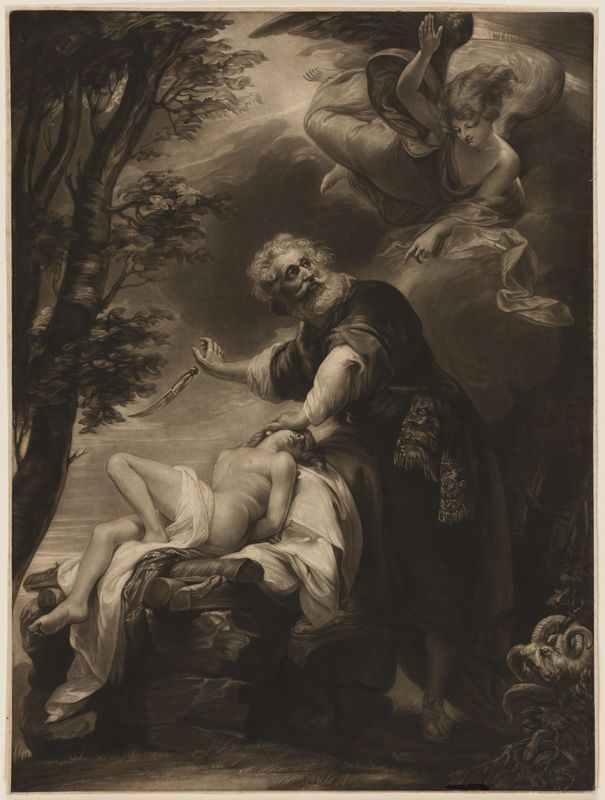12 Jun 2017
The Philosophy Chamber: Art and Science in Harvard’s Teaching Cabinet, 1766-1820
Harvard Art Museums
Reviewed by Christopher Snow Hopkins
In the early days of the republic, the Philosophy Chamber at Harvard College housed an assortment of natural specimens, scientific instruments, and various objects of curiosity and delectation. This was a place to apprehend the logic of the universe and to ruminate on divine influence in the natural world.
It was also a laboratory for national identity, where scholars invoked classical literature to legitimate a rupture with the House of Hanover. At times, this was a violent affair, as when miscreants vandalized a painting by John Singleton Copley of royal governor Francis Bernard.
The surprise of this exhibition is that it proposes a critical assessment of the social and political character of Harvard College at the time. One object, Stephen Sewall's Copy of Inscription on Dighton Rock (1768), lays bare the Western bias of the period imagination. While Enlightenment scholars took the markings to be Levantine in origin, they are now believed to be Wampanoag petroglyphs.
| Exhibition | The Philosophy Chamber: Art and Science in Harvard’s Teaching Cabinet, 1766-1820 link |
| Start date | 19 May 2017 |
| End date | 31 Dec 2017 |
| Presenter | Harvard Art Museums link |
| Venue | 32 Quincy Street, Cambridge, MA, USA map |
| Image | Robert Dunkarton after John Singleton Copley, Abraham's Sacrifice, 1797, mezzotint on paper mounted on canvas, 26 1/4 x 19 3/4 inches, courtesy of the Harvard Art Museums/Fogg Museum, transfer from Harvard University, gift of Gardiner Greene |
| Links |
Reviews of current exhibitions near this one |
| Share | Facebook, Twitter, Google+ |

